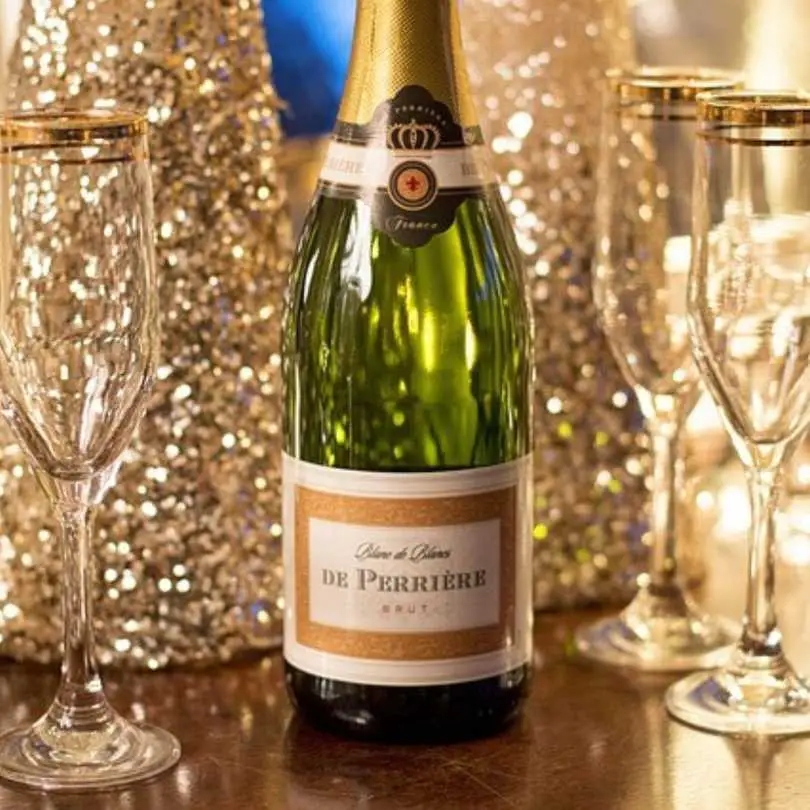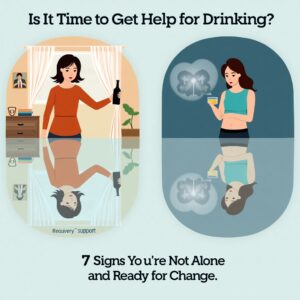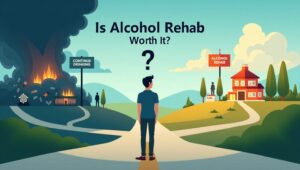
Champagne Alcohol Percentage: 12% ABV
Champagne. The very word conjures up images of celebration, elegance, and popping corks at special occasions. Whether it’s New Year’s Eve, a wedding toast, or just a fancy brunch, this sparkling wine from France has long symbolized luxury and joy.
But how strong is Champagne, really?
The typical alcohol percentage in Champagne is around 12% ABV (alcohol by volume), with some premium bottles reaching up to 12.5%. That makes Champagne comparable to most white wines and slightly lower in alcohol than many red wines or spirits.
In this article, we’ll explore the alcohol content in popular Champagne brands, what that number actually means for your drinking experience, and how it compares with other alcoholic beverages.
🥂 What Does 12% ABV Mean?
Alcohol by Volume (ABV) is a standard measurement that tells you how much alcohol is in a drink.
So when a Champagne bottle says 12% ABV, it means 12% of the liquid in that bottle is pure alcohol. To put that into perspective:
| Beverage | Average ABV |
|---|---|
| Champagne | 12–12.5% |
| White wine | 11–13% |
| Red wine | 12.5–14.5% |
| Beer | 4–6% |
| Cider | 4.5–6% |
| Vodka/Whiskey/Rum | 35–45% |
This means Champagne sits in a sweet spot—it’s stronger than beer or cider, but much lighter than hard liquor. You can enjoy a glass or two without becoming overly intoxicated, especially if you’re sipping it with food.
🍾 Top Champagne Brands and Their Alcohol Content
Here’s a look at some of the most well-known Champagne labels and their alcohol percentages:
| Champagne Brand | Alcohol Percentage (ABV) |
|---|---|
| Moët & Chandon Brut Imperial | 12% |
| Veuve Clicquot Yellow Label Brut | 12% |
| Dom Pérignon Vintage | 12.5% |
| Krug Grande Cuvée | 12% |
| Taittinger Brut Réserve | 12% |
| Perrier-Jouët Grand Brut | 12% |
| Bollinger Special Cuvée Brut | 12% |
| Louis Roederer Cristal | 12% |
| Laurent-Perrier Brut | 12% |
| Pol Roger Brut Réserve | 12% |
🍾 Other Notable Champagne Houses
Some lesser-known but equally elegant Champagne brands also fall within the same alcohol range:
| Brand | Alcohol Percentage (ABV) |
|---|---|
| Ruinart Blanc de Blancs | 12.5% |
| Charles Heidsieck Brut Réserve | 12% |
| Mumm Cordon Rouge Brut | 12% |
| Piper-Heidsieck Brut | 12% |
| Jacquart Brut Mosaïque | 12% |
| Lanson Black Label Brut | 12.5% |
| Ayala Brut Majeur | 12% |
| Deutz Brut Classic | 12% |
| Henriot Brut Souverain | 12% |
| Gosset Grande Réserve Brut | 12% |
So as you can see, most Champagne brands maintain a very consistent ABV between 12% and 12.5%, regardless of whether you’re drinking a vintage or non-vintage bottle.
🍷 What Influences Champagne’s Alcohol Content?
Unlike spirits, where the alcohol content is often adjusted, Champagne gets its ABV naturally through fermentation. A few key factors can influence its final strength:
Grape ripeness – Riper grapes = more sugar = more potential alcohol.
Fermentation process – Champagne undergoes a second fermentation in the bottle, which boosts the alcohol slightly.
Dosage level – After disgorgement, a small amount of sugar/wine (called dosage) is added. This doesn’t typically affect the ABV much but can influence perception of strength.
🥂 Serving Sizes and Bottles: Does Size Affect ABV?
Champagne is sold in various bottle sizes, including:
Mini (187ml)
Half-bottle (375ml)
Standard bottle (750ml)
Magnum (1.5L)
Jeroboam (3L) and beyond
Note: The alcohol percentage remains the same no matter the size. So whether you’re sipping from a mini bottle or pouring from a magnum, you’re still drinking Champagne at around 12% ABV.
🍽️ How Champagne Affects You Compared to Other Drinks
Here’s a typical breakdown of alcohol in one serving:
| Drink | Serving Size | ABV | Alcohol Content |
|---|---|---|---|
| Champagne | 5 oz | 12% | ~0.6 oz alcohol |
| Beer | 12 oz | 5% | ~0.6 oz alcohol |
| Wine (White/Red) | 5 oz | 12–14% | ~0.6–0.7 oz alcohol |
| Vodka (shot) | 1.5 oz | 40% | ~0.6 oz alcohol |
Surprisingly, a glass of Champagne has about the same amount of alcohol as a standard beer or shot of liquor! It’s just more elegant.
🧊 Chilling and Serving Champagne the Right Way
To get the most from your Champagne—both in taste and alcohol experience—serve it correctly:
Ideal temperature: 45–48°F (7–9°C)
Glassware: Use a tulip or flute glass to preserve bubbles
Open gently: Don’t pop the cork; twist slowly to avoid losing fizz
Pairings: Cheese, seafood, fruit, desserts—Champagne elevates any meal
🥂 Champagne Styles and Their Strength
Champagne comes in several styles, each with its own taste—and sometimes alcohol—variation:
Brut (Extra Dry) – Most common, around 12% ABV
Extra Brut / Brut Nature – Less sugar, slightly drier, same ABV
Rosé Champagne – Same alcohol, fruitier profile
Vintage / Prestige Cuvées – Usually ~12.5%, more complex and age-worthy
Want to explore Rosé alcohol content too? Check this guide:
👉 Rosé Wine Alcohol Percentage Compared
🍸 How to Sip Responsibly
Because Champagne is so light, bubbly, and fun, it’s easy to forget how much alcohol you’re actually drinking. To stay in control:
Drink water between glasses
Don’t drink Champagne on an empty stomach
Know your limits—3–4 glasses can easily lead to a buzz
🎉 Final Thoughts: 12% and Full of Celebration
Champagne isn’t just about bubbles—it’s about balance. With its 12–12.5% ABV, it gives you the perfect mix of flavor and strength, making it ideal for celebrations without being too heavy.
So next time you’re pouring a glass of bubbly, you’ll know exactly what’s in it—and just how much fun you can responsibly have with it.
Cheers! 🥂






